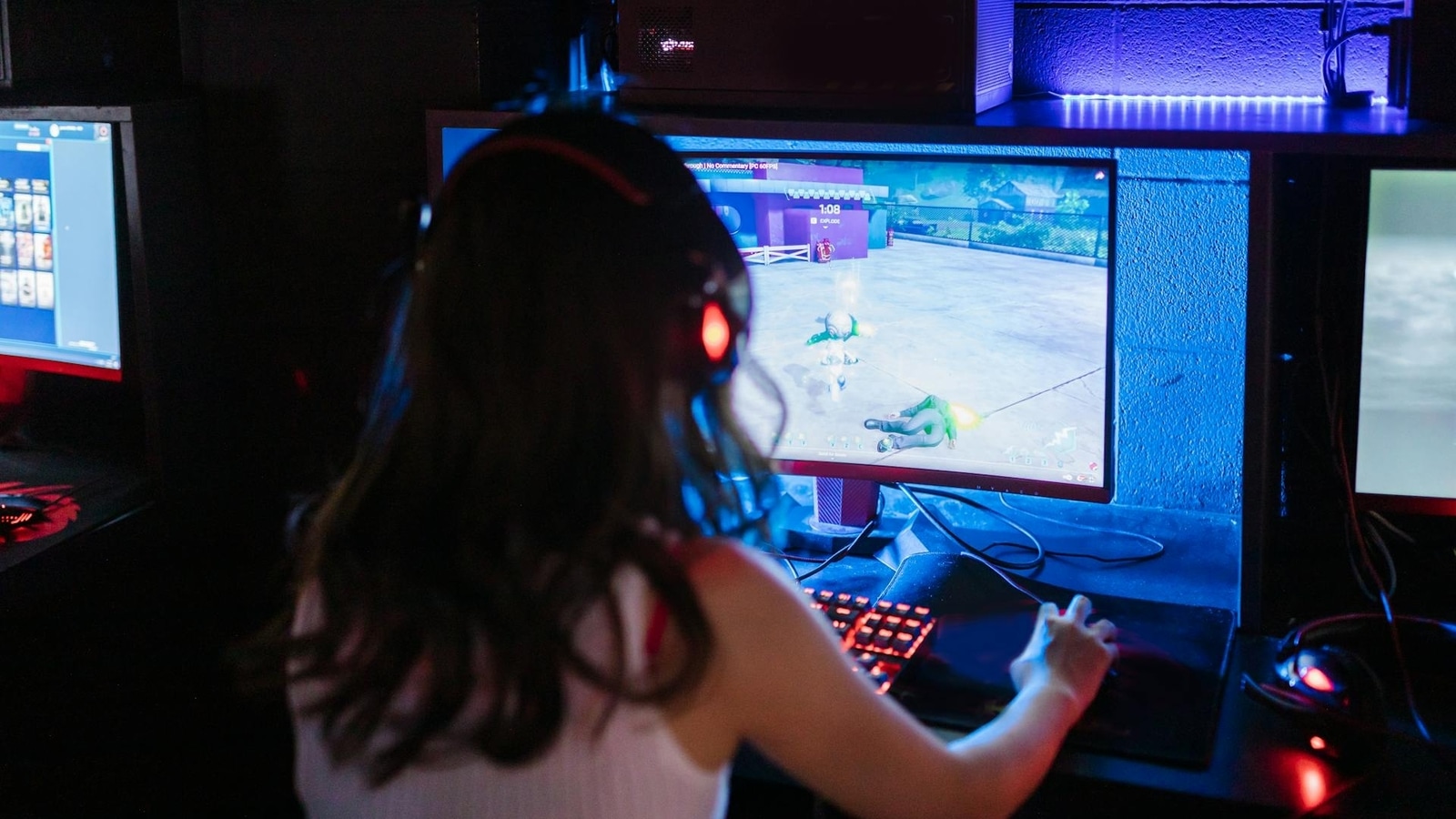Md Habibur Rahman is a forward-thinking researcher and technologist whose work sits at the dynamic intersection of artificial intelligence (AI), healthcare innovation, ecommerce optimization, and software development. A graduate of the Washington University of Science and Technology, where he earned his degree in Information Technology, Habibur has since dedicated his career to exploring how AI can solve real-world challenges across industries.
Interview with the Author of “The Poetry of Programming: Utilizing Natural Language Processing for Creative Expression”* New Edge Times Journalist: Clara Bennett
Clara Bennett (CB): Your article merges two seemingly disparate worlds—poetry and programming. What inspired you to explore this intersection?
Habibur: Great question, Clara. My background straddles both technology and the arts. I’ve always been fascinated by how machines interpret human creativity. The spark came when I experimented with NLP models to generate haikus during a coding workshop. The results were raw but evocative, revealing a hidden synergy between algorithmic logic and artistic intuition. I wanted to challenge the notion that programming is purely technical—it’s a canvas for innovation.
CB: How does NLP act as a bridge between technology and artistic expression?
Habibur: NLP deciphers language patterns, rhythm, and metaphor—the building blocks of poetry. By training models on literary works, we can teach machines to recognize structures like sonnets or free verse. For instance, an algorithm might analyze Emily Dickinson’s dashes or Whitman’s cadences, then remix these elements into new forms. It’s not about replicating human genius, but amplifying it. Tools like GPT-3 can draft stanzas, while projects like Google’s Verse- by-Verse let users collaborate with AI, blending human intent with machine suggestion.
CB: Can you share a compelling example of NLP-driven poetry from your research?
Habibur: Absolutely. One project trained a model on Rumi’s mystical verses and Sappho’s fragments. The AI generated lines that echoed their voices but introduced unexpected juxtapositions—like “a star trembles in the cup of silence.” Another example is an interactive installation where sensors translate a participant’s heartbeat into metaphors, which NLP then weaves into personalized poems. These experiments highlight AI’s role as a co-creator, not a replacement.
*CB:* Critics argue AI-generated art lacks “soul.” How do you address concerns about authenticity and ethics?
Habibur:* Valid concerns! The key is framing AI as a tool, like a brush to a painter. Authorship lies in how humans curate, prompt, and refine outputs. Ethically, we must credit collaborators and avoid plagiarizing source material. But let’s not romanticize “soul” as exclusively human— AI challenges us to redefine creativity. Can a poem born from code still resonate? If it moves a reader, does its origin matter?
CB: Where do you see NLP-driven creativity heading in the next decade?
Habibur: We’ll see models that better grasp cultural context and emotional nuance, enabling richer collaborations. Imagine AI that adapts to your writing style, suggesting edits in real-time, or immersive AR poems that evolve with audience input. I also anticipate debates: Will AI- generated poetry win awards? Should it? The conversation will push us to rethink artistry and ownership.
CB: What challenges did you face while researching this fusion of fields?
Habibur:* Balancing technical rigor with artistic integrity was tricky. Early models produced gibberish or clichés. Refining them required iterative feedback from poets and programmers alike. Another hurdle was skepticism—some viewed AI as a threat. But workshops where participants engaged with the tools shifted perspectives. One poet told me, “It’s like arguing with a muse who never sleeps.”
CB: What advice would you give to artists or programmers eager to explore NLP?
Habibur:* Start small. Experiment with open-source libraries like TensorFlow or Hugging Face. Read poetry to understand its mechanics—meter, imagery, tension. Collaborate across disciplines; the magic happens when coders and poets speak each other’s languages. And embrace failure. Your first 100 generated poems might be cringe-worthy, but the 101st could take your breath away.
CB: Finally, could NLP reshape traditional poetry, or will it remain a niche tool?
Habibur: It’s already reshaping it. Platforms like Instagram are flooded with AI-assisted micropoetry. Yet, traditional poetry thrives because it’s rooted in human experience. NLP might democratize creation—giving voice to those who lack technical skill—but the irreplaceable core of poetry is its ability to channel our shared vulnerabilities. AI is simply a new dialect in an ancient conversation.
CB: Thank you for illuminating this fascinating frontier. Your work reminds us that code and verse are both languages of possibility.
Habibur: Thank you, Clara. It’s a reminder that creativity thrives in the unlikeliest of algorithms.

























